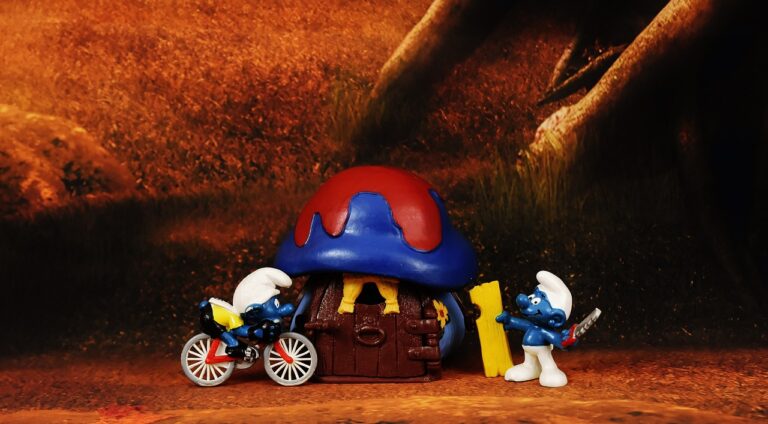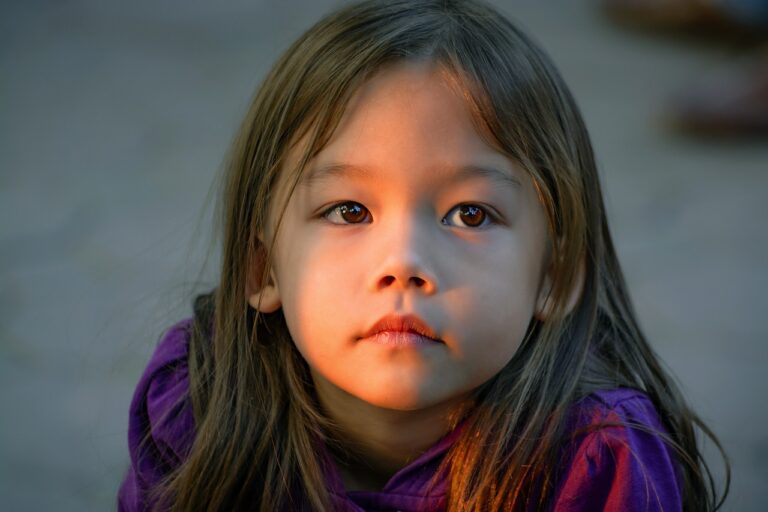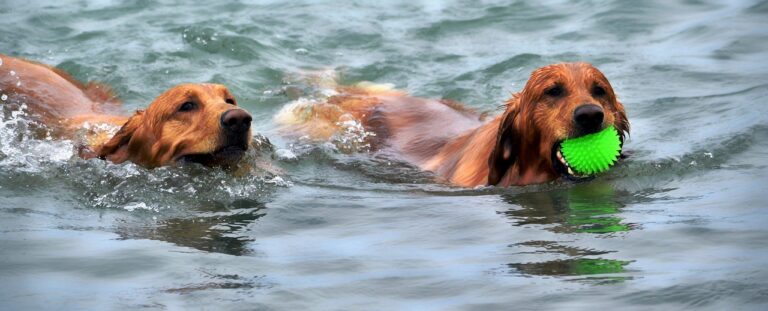How to Create Realistic Weather Effects for TV
99exch, laser247 club, world777 contact number:How to Create Realistic Weather Effects for TV
Are you a filmmaker looking to add realistic weather effects to your TV productions? Creating authentic weather effects can elevate the production value of your project and immerse viewers in the story youre telling. From thunderstorms and blizzards to sunshine and rain, realistic weather effects can set the mood and tone of your scene. In this article, well discuss how you can create realistic weather effects for TV using a combination of practical effects, digital effects, and creative techniques.
Planning and Pre-Production
Before you start creating weather effects for your TV production, its essential to plan and prepare thoroughly. Careful planning will ensure that you achieve the desired look and feel for your scene. Here are some tips to help you get started:
1. Establish the Setting: Determine the type of weather you want to create and consider how it will fit into the overall story and setting of your production. Whether its a sunny day or a raging storm, the weather should enhance the narrative and contribute to the atmosphere.
2. Budget and Resources: Consider your budget and resources when planning weather effects for TV. Some effects, such as rain machines and wind machines, can be costly and require specialized equipment. Make sure to allocate enough resources to achieve the desired effects realistically.
3. Safety First: When creating weather effects for TV, safety should always be a top priority. Ensure that you follow all safety guidelines and protocols when using special effects equipment or techniques. Its crucial to protect the cast, crew, and equipment during the production process.
Creating Realistic Weather Effects
Once youve completed the planning and pre-production phase, its time to start creating realistic weather effects for TV. Here are some techniques you can use to achieve authentic weather effects on screen:
4. Rain Effects: To create realistic rain effects, you can use a combination of practical effects and digital effects. Rain machines are commonly used on film sets to simulate the appearance of rain. You can also add rain effects in post-production using visual effects software like Adobe After Effects.
5. Wind Effects: Wind machines are an effective way to create realistic wind effects for TV productions. By adjusting the speed and direction of the wind machine, you can simulate the appearance of a gentle breeze or a powerful storm. Wind effects can add movement and drama to your scenes.
6. Snow Effects: If youre looking to create a snowy scene, consider using artificial snow machines to achieve a realistic snowfall effect. You can also use digital effects to enhance the appearance of snow on screen. Snow effects can create a magical and winter wonderland atmosphere in your production.
7. Lightning and Thunder Effects: To create realistic lightning and thunder effects, you can use special effects lighting and sound equipment. Strobe lights and sound effects can simulate the appearance of lightning strikes and thunderclaps. These effects can add excitement and intensity to your scenes.
8. Fog Effects: Fog machines are commonly used in TV productions to create atmospheric fog effects. By varying the density and distribution of the fog, you can achieve different looks and moods for your scenes. Fog effects can add mystery and suspense to your production.
Post-Production and Editing
After youve filmed the weather effects for your TV production, its time to move on to post-production and editing. This stage is where you can enhance and refine the weather effects using digital tools and software. Here are some tips for post-production and editing:
9. Visual Effects: Use visual effects software like Adobe After Effects or Nuke to refine and enhance the weather effects in your scenes. You can adjust the color, lighting, and intensity of the effects to achieve the desired look and feel. Visual effects can take your weather effects to the next level.
10. Sound Effects: In addition to visual effects, sound effects play a crucial role in creating realistic weather effects for TV. Use sound editing software to add thunderclaps, raindrops, wind gusts, and other sound effects to enhance the atmosphere of your scenes. Sound effects can bring your weather effects to life.
11. Color Grading: Color grading is an essential step in post-production that can help unify the look and feel of your weather effects. By adjusting the color temperature, contrast, and saturation of your footage, you can create a cohesive and polished final product. Color grading can enhance the realism of your weather effects.
Tips and Tricks for Realistic Weather Effects
Creating realistic weather effects for TV requires a combination of creativity, technical skill, and attention to detail. Here are some additional tips and tricks to help you achieve realistic weather effects in your productions:
12. Test Effects Before Filming: Before filming your weather effects, its essential to test them to ensure they work as intended. Conducting test shoots can help you fine-tune the effects and make any necessary adjustments before the actual filming.
13. Use Practical Effects Wisely: While digital effects can be powerful tools for creating weather effects, dont underestimate the impact of practical effects. Combining practical effects like rain machines and wind machines with digital effects can create a seamless and realistic look on screen.
14. Pay Attention to Details: When creating weather effects, pay attention to the details to make them look more authentic. Consider factors like the direction of the wind, the size of raindrops, and the speed of lightning strikes. Small details can make a big difference in the realism of your weather effects.
15. Experiment and Be Creative: Dont be afraid to experiment with different techniques and approaches when creating weather effects. Be open to new ideas and be willing to think outside the box to achieve the desired look and feel for your scenes. Creativity can lead to innovative and compelling weather effects.
FAQs
1. What equipment do I need to create realistic weather effects for TV?
To create realistic weather effects for TV, you may need equipment such as rain machines, wind machines, artificial snow machines, fog machines, strobe lights, sound effects equipment, and visual effects software.
2. How much does it cost to create realistic weather effects for TV?
The cost of creating realistic weather effects for TV can vary depending on the type of effects you want to achieve, the equipment and resources required, and the scale of your production. Its essential to budget and plan accordingly to ensure that you can achieve the desired effects within your budget.
3. Are there any safety considerations when creating weather effects for TV?
Yes, safety should always be a top priority when creating weather effects for TV. Make sure to follow all safety guidelines and protocols when using special effects equipment or techniques. Its crucial to protect the cast, crew, and equipment during the production process.
4. Can I create weather effects using only digital effects?
While digital effects can be powerful tools for creating weather effects, combining practical effects with digital effects can enhance the realism and authenticity of the effects on screen. Consider using a combination of practical effects, digital effects, and creative techniques to achieve the desired look and feel for your scenes.
In conclusion, creating realistic weather effects for TV requires careful planning, creative techniques, and attention to detail. By combining practical effects, digital effects, and post-production editing, you can achieve authentic and immersive weather effects that enhance the overall production value of your TV projects. Experiment, be creative, and dont be afraid to push the boundaries to achieve the desired weather effects for your scenes.







